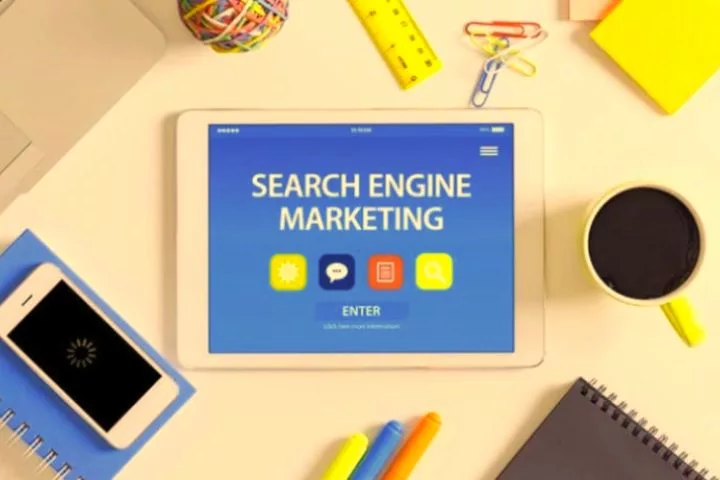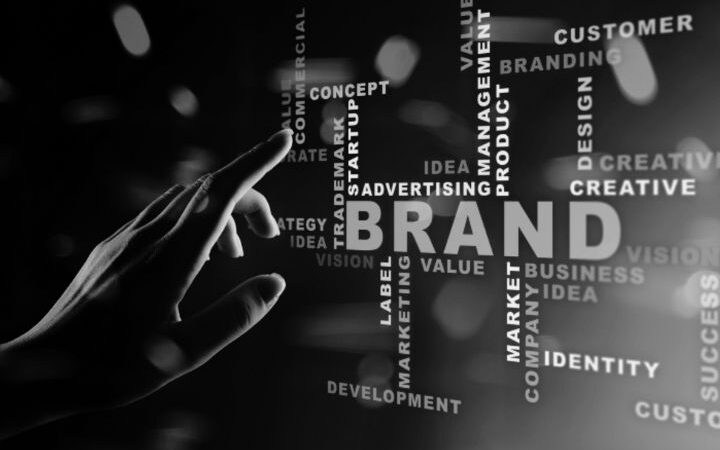Search Engine Marketing : Crucial Tips For Optimal Integration Of SEO And SEA

SEO and SEA are often in different areas of responsibility. But many companies have now recognized that optimizing both channels separately does not make sense. When it comes to search engine marketing, you rely on interlinking the disciplines to generate additional traffic and reduce costs.Is it still true that search engine marketing and advertising crowds out SEO results and reduces traffic?
Just one of the many prejudices that are circulating about both channels. It is precisely the opposite. An optimally placed Google Add can increase SEO-based traffic.
And good organic results can lead to more clicks on ads because it is often forgotten that the user does not care whether he clicks on a paid or organic result.
They want to find the information they need on the search results page (SERP). And because a SERP consists of SEO and SEA, an optimal dovetailing of both disciplines leads to an improvement in digital marketing performance.
But how do companies find their way out of the SEO and SEA silos? Below we give you four essential tips for holistic search engine marketing from daily practice. In this way, those responsible for SEO and SEA can work better together in the future.
Search engine marketing: find optimal keywords and exchange knowledge.
Keyword research is an essential basis for creating ad texts and SEO content. The exchange of knowledge between those responsible for the various channels should be a matter of course. Not only to avoid double work but also to check whether the search intention is covered.
A minimal difference in a keyword can make a big difference and, in the worst case, lead to a keyword trap if the person responsible does not interpret the search intent correctly. It is best if SEAs share ad copy with SEOs so they can optimize their featured snippets.
Because both disciplines are working on the same search results page, they should work together to get the most out of the landing page and generate as many conversions as possible.
Short-term testing in SEA, long-term implementation for SEO
Ads, landing pages, and other target or shop pages should speak the same language. This means that what is in the ad should also be found on the target page for users.
The game with emotions, ad text, call-to-action, and landing page must fit together. It is essential to check the entire content for this. And for that, SEA and SEO teams need to cooperate.
Close cooperation can also be used to test new keyword clusters. It usually takes weeks or months to see whether a keyword works in SEO. Because research, content production, and going live take time.
The disappointment is often significant if the effort does not lead to any measurable success, i.e., page 1 rankings. A quick test in the SEA could have shown whether the content was performing.
By using headlines, keywords, topics, or product messages in the ads, the results of the SEA campaigns provide essential insights into clicks, bounce rates, or conversions. In this way, flops are avoided from the outset.
Cover the entire customer journey with optimized content
If you coordinate and coordinate SEO and SEA smartly, you can accompany the user along the entire customer journey. Potential customers get information through organic search.
Paid search picks up those who already have a clearer idea of what product they need. Google can use innovative options to enable touchpoints at the right places on the customer journey.
That means the structure of the account should be questioned. Instead of separate product campaigns, the user’s intention should be in the foreground. A common strategy emerges when SEO and SEA teams work together on an interdisciplinary basis.
The teams then decide which keywords make sense for organic visibility and which for paid ads. After a first touchpoint, potential new customers can be smoothly accompanied from one phase of the journey to the next.
Search engine marketing: Make full use of Google Analytics and the tools
Google Analytics gives SEO and SEA teams useful tools they often don’t fully exploit. If tracking is set up correctly, valuable information can be obtained from data such as HTTP requests, first-party cookies, and browser configurations, which allows conclusions to be drawn about user behavior on the website.
The Google Ads account structure should accommodate the purchase decision process.
Creating Google Ads remarketing campaigns is also an example of the optimal integration of SEO and SEA. After users have visited a website or other content, they can be marked with a cookie and included in a remarketing list.
This list allows Google Ads ads to be displayed only to users who have previously had contact with the search results pages. Interested parties can purchase by being aware of the offers they have viewed.
By the way, a tool that exemplifies the symbiosis of SEO and SEA is the automation of Google Ads. A brilliant algorithm uses all the data from the Google Ads account through machine learning to address the user in the best possible way.
The campaign can be optimized using artificial intelligence and tailored to customer needs and search behavior from information such as the website’s content and data from the analysis of user behavior.
Search engine marketing: Coordinate organic and paid search
SEO and SEA are not competitors but should complement each other in a common strategy. Only by coordinating organic and paid search can companies achieve their overarching search marketing goals.
Even if the disciplines fall into different areas of responsibility, integration can succeed. The prerequisites are that the teams have a common overarching goal and regularly exchange data on keyword research and other information.






